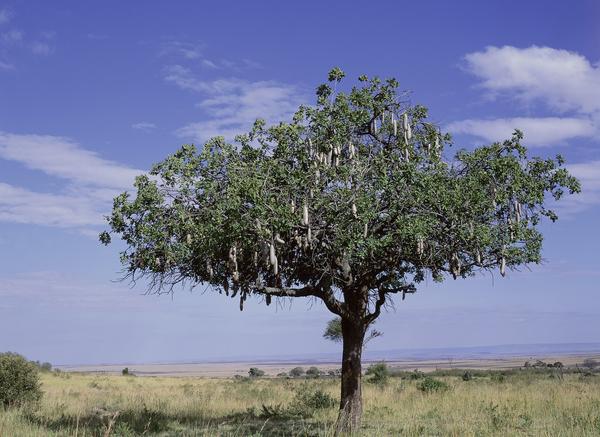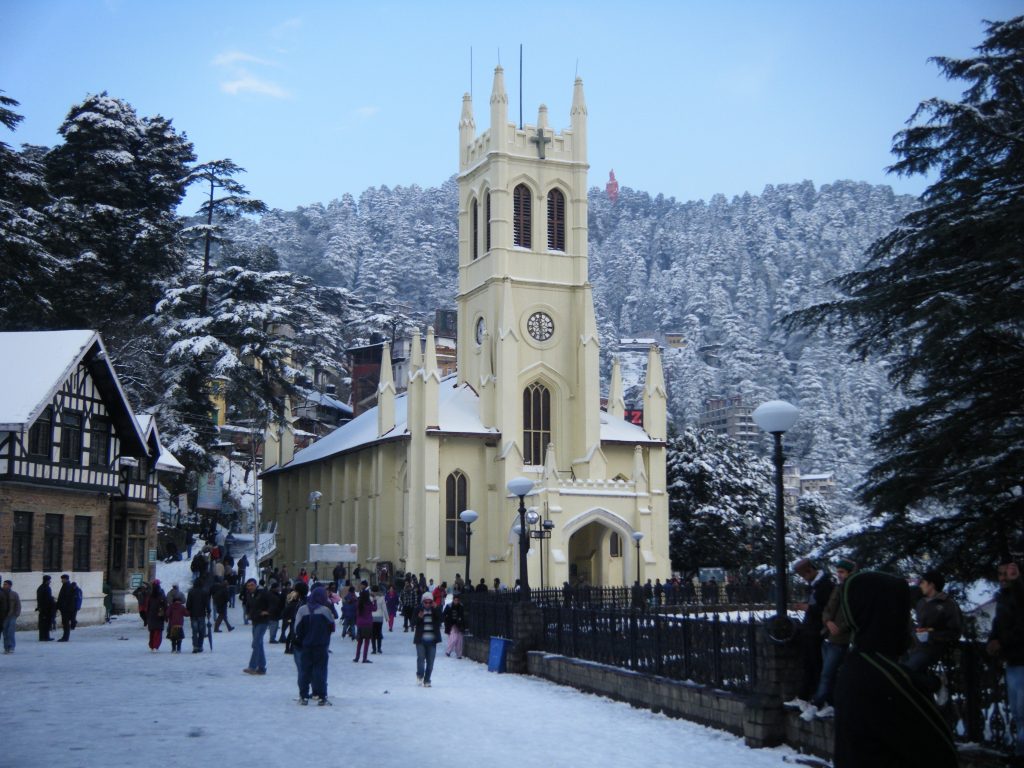So you’ve moved to a new location and purchased a new house in a new brand new subdivision. Now, you’ll need to research your new environment. These are climate zones that the USDA put together to help people know which plants and trees would survive the climate swings between winter and summer temperatures, the number of winter cold hours and the number of summer hot hours.
It will be important for you to understand how much and how you should water your tree both during normal climate years and periods of drought. For instance, do you know much about your tree’s roots or tips that can help you keep your trees well watered during summer and winter months?
The root growth of a tree can be typically about up to four times the top of your tree. The roots not only anchor and stabilize your tree, but they also provide it nitrogen, hydrogen and oxygen. The larger roots are usually roughly 12″ beneath the surface of the ground. They also have a lot of smaller roots that quickly absorb the essentials that grow up from these larger, woodier roots. So in order to protect this root system and overall health of your tree, the following tips will be important:
1. Use a watering stake.
This will distribute water directly down to the roots, approximately 12″ below the surface of the ground, and ensures the tree is absorbing the water you are distributing to it.
2. Don’t spray water up in to the tree’s canopy
This is because the water doesn’t get into the roots this way, and can instead evaporate in the dry air.
3. Put mulch, bark, or other ground cover down around the base of the tree to keep moisture at the ground.
Have this extend to the drip line of your tree, or to where your tree’s branches extend.
4. Water your trees even during the cold or winter months, whether during a drought year or a year not suffering a drought.
A good rule of thumb is to include a watering or two per month to help your tree survive the remaining months of the year.
5. Use a drip irrigation hose to provide your tree with a regular and constant source of water.
Be sure to not drown your tree by over watering it and have the placement of the irrigation hose out around the drip line of the tree’s canopy.
6. Keep your trees healthy, free from disease and properly trimmed.
If the dead or dying branches or limbs or pruned, it prevents the tree from trying to nourish those parts.
7. Watch for signs of stress like wilted, curled or discolored leaves.
Although you may have always desired to have a certain fruit tree or a beautiful maple, it is best to do your homework and make sure the survivability of that tree is ideal for your climate and environment. Your local garden shop or tree farm will have a wide variety of plants, trees and bushes that are well suited to your area, as well as experts to help guide you in some of your decision making. And if you have your heart set on a specific type of tree, the experts may be able to give you ideas of how to try to care for it, or possibly a substitute in the same family with a hardiness factor slightly more suitable to where you live.
Stewart Scott is a certified arborist and is the owner of Cevet Tree Care, where he offers the best tree service Columbia MO has to offer. Cevet has provided tree trimming and other tree care services to mid-Missouri for almost 20 years.



